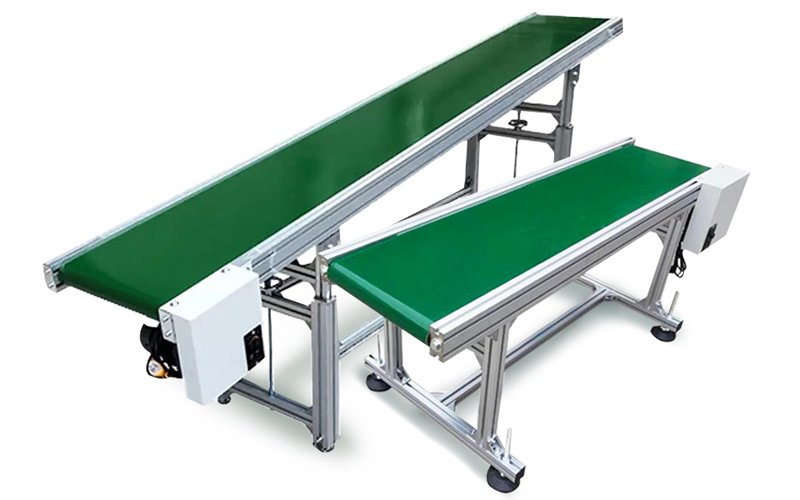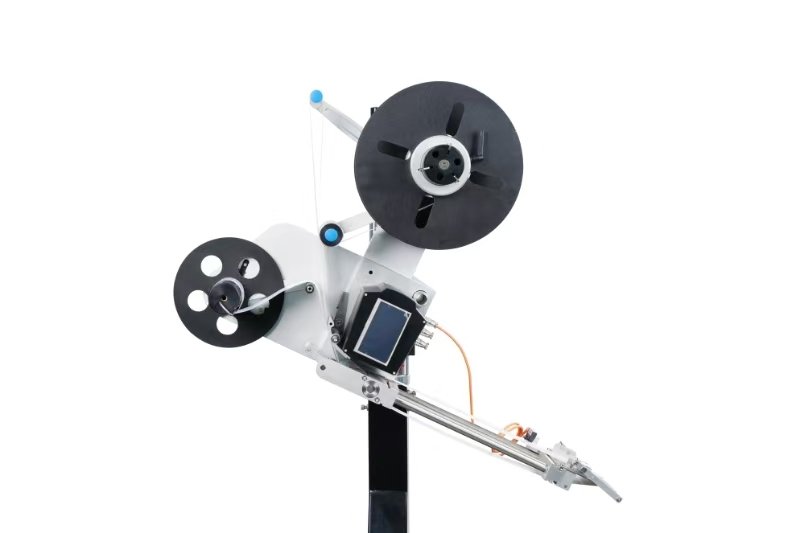Ancillary Machine
Our Ancillary Machine Series includes essential support equipment that enhances the efficiency and functionality of your primary machinery. From conveyors to sorting systems, these machines are designed to seamlessly integrate into your production line. Explore our comprehensive range to find the perfect solutions to optimize your operations
Your Trustful Ancillary Machine
The Ancillary Machine is a versatile solution designed to support various manufacturing processes with exceptional precision and dependability. It integrates seamlessly into production lines, providing functions such as feeding, positioning, and material handling with remarkable accuracy. Ideal for industries like electronics, packaging, and automotive manufacturing, the Ancillary Machine reduces manual workload, enhances consistency, and boosts overall production efficiency. With its advanced automation features, user-friendly operation, and adaptability to different tasks, it serves as a valuable asset for streamlining complex manufacturing operations.
REQUEST A QUOTE FOR MORE DETAILS
All You Need to Know About Ancillary Machine

The Ancillary Machine plays a pivotal role in modern manufacturing, performing essential supporting tasks with high precision and reliability. From material handling to automated feeding systems, it ensures that processes run smoothly and efficiently. Designed with adaptability in mind, the machine can be customized to accommodate various production needs, such as working with different materials and product sizes. Its automated capabilities minimize manual intervention, reducing labor costs and error rates while enhancing productivity in diverse industries.
Advantages of Ancillary Machine
- Precision and Accuracy
The Ancillary Machine ensures high precision in operations such as material handling, positioning, or assembly, reducing errors and improving product quality.
- Increased Efficiency
By automating repetitive and time-consuming tasks, the Ancillary Machine boosts production speed and throughput in various industrial applications.
- Versatility
Adaptable to a wide range of tasks and materials, it can be customized to suit specific industry requirements, ensuring flexibility in operations.
- Reduced Labor Costs
Automation reduces the need for manual intervention, lowering labor costs while maintaining consistent operational quality.
- Enhanced Safety
With built-in safety features and minimized manual involvement, the Ancillary Machine creates a safer working environment in manufacturing setups.
- Compact Design
Space-saving construction allows the Ancillary Machine to integrate seamlessly into existing production lines without requiring significant layout changes.

How Do Ancillary Machine Work?
The Ancillary Machine works by automating and optimizing auxiliary tasks within the production process. First, raw materials or products are fed into the system, where precision sensors and guides ensure proper alignment. Advanced control systems manage movements such as feeding, cutting, or assembling, depending on the machine’s function. Real-time adjustments and monitoring maintain consistency, while customizable settings enable it to handle various tasks and materials with ease. The result is a streamlined process that reduces downtime and improves operational efficiency.
What Are Ancillary Machine Used For?
Ancillary Machines are employed to perform a range of supporting tasks across industries, ensuring smoother workflows and higher productivity. Common uses include material handling, automated feeding, positioning, and assembly in sectors such as electronics, automotive, and packaging. These machines are especially useful for processes requiring high precision and consistency, such as component placement, adhesive application, or material cutting, making them indispensable in modern manufacturing environments.

Design and Planning
Engineers develop detailed plans using CAD software to meet specific operational needs, ensuring the machine is tailored for its intended function.
Material Selection
High-quality and durable materials are chosen for critical components to ensure longevity and reliability under continuous operation.
Prototyping
A prototype is constructed to test the design and make adjustments for performance optimization before full-scale production.
Component Manufacturing
Precision machining and fabrication are used to create components that meet strict quality standards, ensuring seamless assembly.
Assembly and Integration
Skilled technicians assemble the machine, integrating mechanical, electrical, and software components for optimal functionality.
Testing and Quality Assurance
Rigorous testing ensures the machine operates as intended, meeting performance benchmarks and safety standards.
Ancillary Machine Designs: Factors to Consider
#1 Task Requirements
The design should address specific tasks, such as feeding, cutting, or positioning, to ensure the machine fulfills its intended purpose.
#2 Product Compatibility
Accommodating various product shapes, sizes, and materials is essential for versatility and seamless integration into different workflows.
#3 Automation Level
The degree of automation, from semi-automatic to fully automated systems, depends on production needs and cost considerations.
#4 Safety Features
Incorporating safety mechanisms, such as emergency stops and protective enclosures, is crucial for operator safety.
#5 Ease of Maintenance
A user-friendly design with accessible components simplifies maintenance, reducing downtime and operational costs.
#6 Energy Efficiency
Designing for low energy consumption helps reduce operational costs and environmental impact.

#7 Integration Capability
The machine should integrate smoothly into existing production lines, complementing other systems without disrupting workflows.
Request A free quote
We'd like to work with you
Send us a message if you have any questions or request a quote. Our experts will give you a reply within 24 hours and help you select the right valve you want.
- +86 186 6414 0847
- Amy@3yct.com


